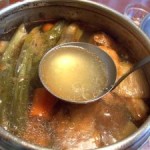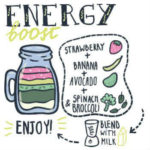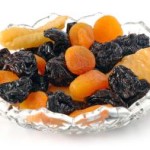What’s The Big Deal With High-Protein Bread?
Currently, one of the biggest health food trends is high-protein bread. However, the reason why everyone is clamoring for high-protein bread is not exactly clear. Ira Riklis looks further into what this new trendy bread is and whether you should be clamoring for it too.
What Is High-Protein Bread And Where Does the Protein Come 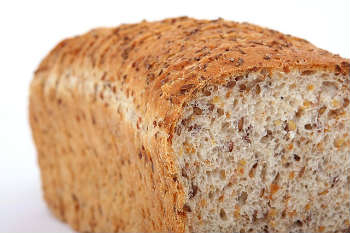 From?
From?
As the name suggests, high-protein bread, which looks like traditional bread, is bread with an increased level of protein. For some, this can be a bit confusing, because when some people think of protein, they think of meat. But, you can rest assured that no one is pumping meat-based protein into your bread.
Instead, bread manufacturers are including other types of protein like egg white protein, soy protein, whey protein, wheat protein, and sometimes even nut-based protein. These are some of the ingredients that are also included in other high-protein products like protein powders.
Don’t Expect The Bread To Be Low-Carb or Low Calorie
To put it simply, just because a loaf of bread is high in protein does not mean that it is also low in carbs. In fact, many high-protein loaves of bread have about the same amount of carbohydrate content as regular white bread.
So, if you are watching your carb intake, it is highly recommended that you look at the bread’s ingredient list to determine the level of carbs in the loaf. On a secondary note, you should also pay attention to the level of calories in the bread. This is because certain types of high-protein bread can actually have more calories than traditional white or wheat bread.
So, Should You Buy It?
This is probably the most common question that individuals have when looking into high-protein bread. The answer is tricky. Those with any type of digestive conditions that are triggered by different types of food should definitely be wary and be sure to check the bread’s ingredient list before purchasing. For example, as stated before, certain types of high-protein bread can contain nut and soy protein, which can trigger allergies or other conditions for those allergic to nuts or soy products. You also want to make sure that the bread is of high quality. A good way to determine this is to check Huffington Post’s list on the best and worst types of store bought bread (that is if you buy bread from a brick-and-mortar store). It wouldn’t be wise to go anywhere near any loaves of bread on their “worst” list.
It would also be wise to make sure that your diet actually needs high-protein bread. A good way to determine this is to run your daily food intake into a calculator and see if you are consuming the proper amount of protein each day. While doing this, it is imperative that you also keep in mind how you are eating your bread. If you are eating it in a sandwich or with some sort of toppings, it is incredibly important that you add the amount of protein in the sandwich ingredients or bread toppings into your calculations.
An alternative is to visit your dietitian or doctor and ask them if they believe that you could use more protein for your weight or general healthy living goals. This is incredibly important, as consuming too much protein can actually make it more difficult to lose weight.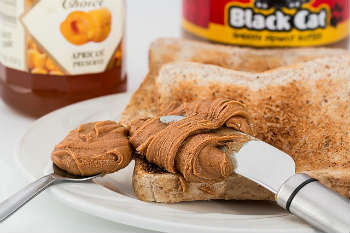
Be Sure It Fits Your Lifestyle
Essentially, if eating high-protein bread fits well into your wellness plan and does not trigger any dietary restrictions that you may have due to medical reasons, go for it. In addition, it may also be a great option for those who are avoiding certain sources of protein due to their preferences such as veganism. Adding the proper amount of protein to your diet can be a game-changer for your goals and overall wellness. So, if you are sure that high-protein bread will help you become a better you, check your local bread aisle or your favorite online retailer.

